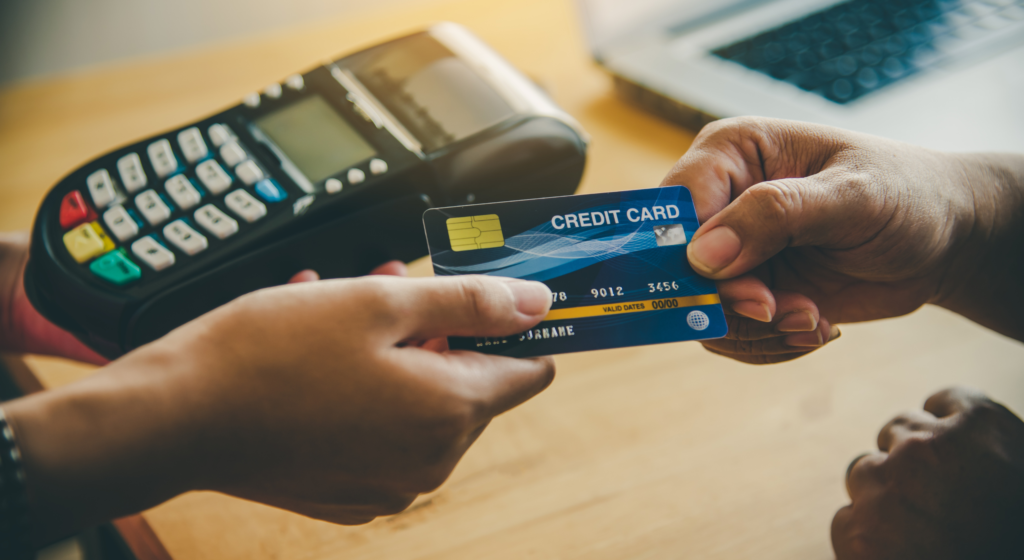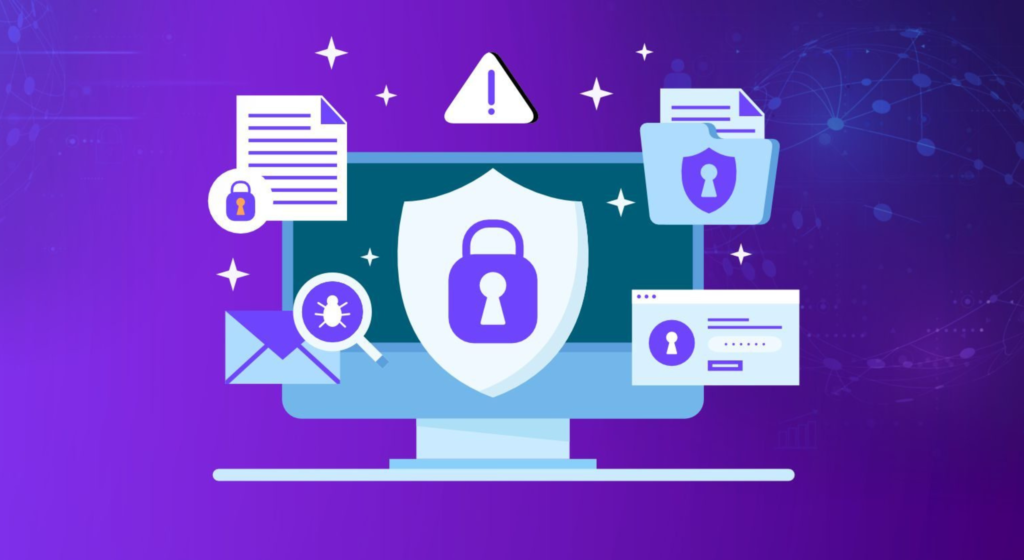The Future of Credit Card Transactions in India: Embracing the Contactless Revolution

Home / Blogs Table of contents The Benefits of Contactless Payments The Future Outlook Conclusion As India advances in its digital transformation journey, the payments landscape is rapidly evolving. Over the past decade, driven by smartphones and government initiatives like Digital India, the financial ecosystem has seen significant shifts. One of the most notable changes […]
Data Privacy in Fintech: Balancing Innovation with Consumer Protection in the Indian Market

Home / Blogs Table of contents The Significance of Data Privacy in Indian Fintech Challenges in Prioritising Data Privacy While Fostering Innovation Strategies for Prioritising Data Privacy at CARD91 The Role of Government and Regulatory Bodies Conclusion In a world that has moved to the internet and the mobile, data privacy is paramount. This is […]
3-D Secure 2.0 – Making transactions Simpler and Safer

Preventing fraud plays a significant role in the digital payments space. We must have encountered many frauds, both online and offline, during our lifetime. Unfortunately, the search for effective methods to eradicate fraud never ends. Fraudsters will always find new methods to commit crimes. There are many tools available to end the same, the […]
Introduction of Blockchain in Fintech

Fintech being a leading light of the startup ecosystem over the years, has played crucial roles in development of the financial services industry. Strong ecosystem level changes are opening up opportunities for new business models. Introduction of blockchain technology in this evolving sector has a considerable impact and advantage. Blockchain technology is a “chain […]



